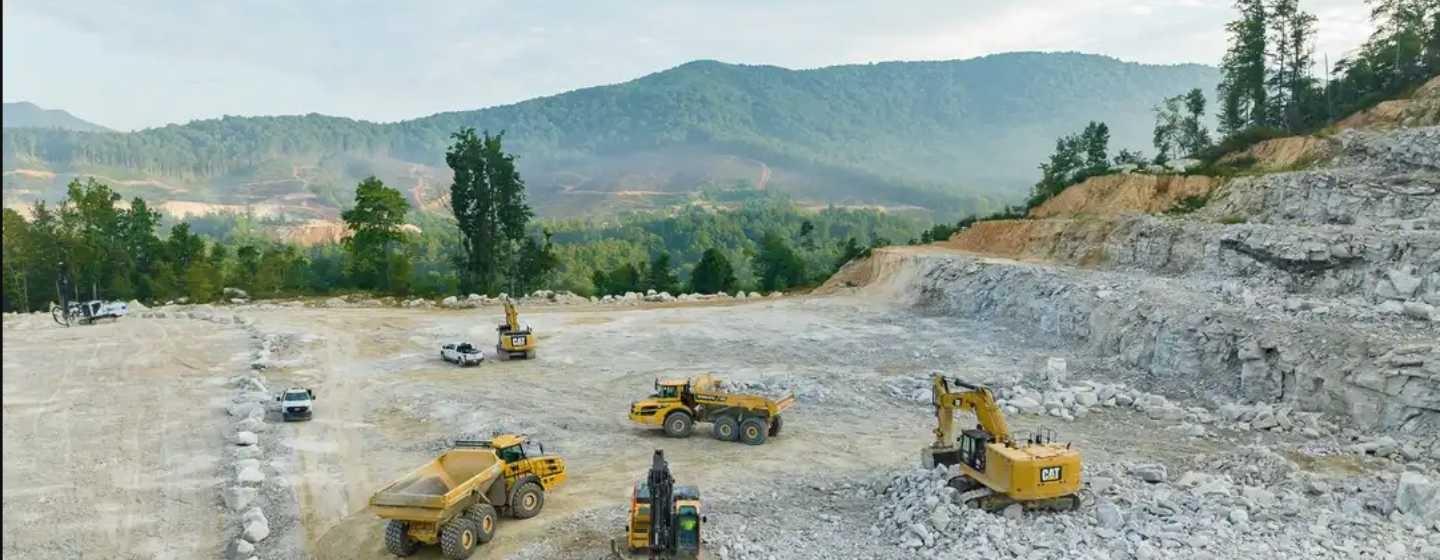How Hurricane Helene Impacted the Tech Industry


Take a moment to think about some of the building blocks of modern society. Steel and concrete might come to mind. Various types of plastics and polymers would be logical guesses as well.
But here’s something you might not think about because we don’t see them. We just use them all the time. What about tiny semiconductors, also called microchips? Semiconductors are how electronic devices process, store and receive information.
Semiconductors are incredibly small, but they are also the foundation of modern computing. Devices such as smartphones and laptops rely on them. You’ll also find them in routers, switches and the communication infrastructures that form the backbone of the Internet.
And it turns out virtually all the world’s supply of a pure form of quartz, which plays a central role in chip manufacturing, comes from two mines in Spruce Pine, a small town in western North Carolina. The town was devastated by Hurricane Helene, which dumped 2 feet of rain in the region. Roads were washed out, power lines were cut and homes and businesses were destroyed.
Both mines shut down on September 26. Economists feared the entire tech industry would be upended by the break in the supply chain.
Amazingly, after only a two-week shutdown, both mines are gradually reopening.
Two companies in Spruce Pine, Sibelco and The Quartz Corporation, extract the area’s high-purity quartz, refine it and export it to manufacturing facilities based primarily in China and other parts of Asia.
Super-pure quartz ensures the purity of molten silicon, the base material used in manufacturing semiconductor wafers, the flat, thin platform that electronics are mounted onto that later become silicon chips. It’s possible to use less pure quartz, but it’s a slower and more expensive process.
Sibelco, the largest mine, announced in a press release that it has restarted shipping to customers and is slowly ramping up to full capacity. The company says its crews have been helping repair roads and install emergency generators for shelters. It’s also making a $1 million donation to incorporate the Sibelco Spruce Pine Foundation to further support the region’s recovery.
“I want to thank our employees for their remarkable resilience and teamwork under these extremely difficult circumstances,” said Sibelco CEO Hilmar Rode in the release. “While the road to full recovery for our communities will be long, restarting our operations and resuming shipments to customers are important contributors to rebuilding the local economy.”
Because of the growing global demand for semiconductors and the materials to make them, Sibelco announced last year it was investing $200 million to double the capacity of its Spruce Pine mine.
The other mining company in Spruce Pine, The Quartz Corporation, says in a statement, “we now have been able to make contact with all employees and are beginning a phased reopening. In addition to this, our teams are joining the local taskforces to restore the most basic services and bring further supplies to Spruce Pine.”
Even after both mines are able to operate at full capacity, getting the quartz out of the area may be challenging. The main freight rail line, which was the primary shipping point, was damaged. Most roadways are still being repaired.
“As far as we know, there’s only a few places in the world that have ultra-high-quality quartz,” said Ed Conway, author of Material World: The Six Raw Materials That Shape Modern Civilization, in an interview with NPR. “Spruce Pine has far and away the [largest amount] and highest quality.”
Conway adds he believes chipmakers have stocks of ultra-pure quartz that would prevent a short-term supply problem. But if Spruce Pine remains cut off from the rest of the world for long, it could have a big impact.
To learn how Hurricane Helene has impacted wildlife in western NC, read this story about a vulnerable salamander species.